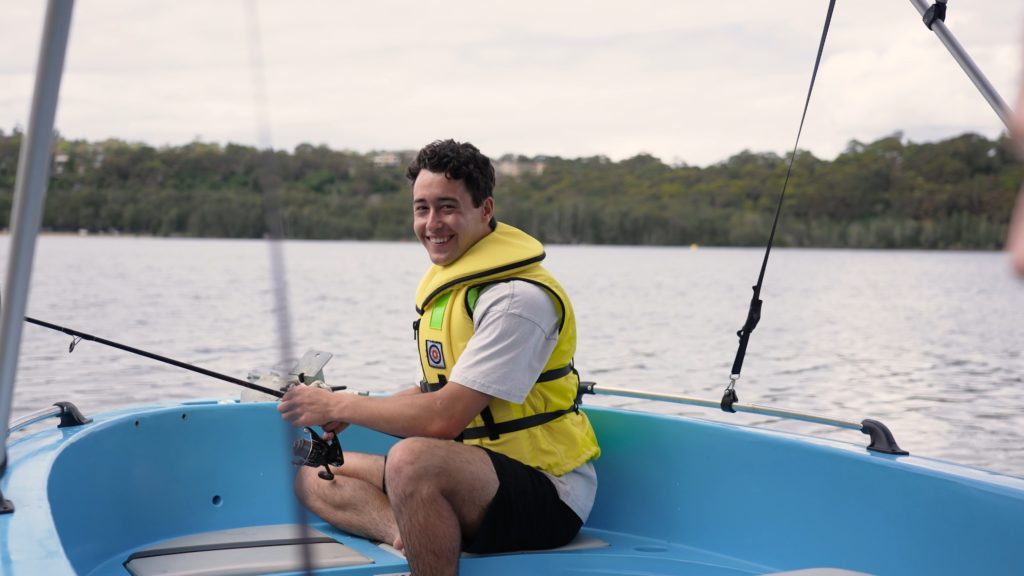Following a tragic Christmas and New Year on the water, with three drownings on the Central Coast alone, Royal Life Saving NSW (RLS NSW) has urged people to be prepared for a safer 2024 by getting to know their risks and limitations around the water.
RLS General Manager, Drowning Prevention and Education, Craig Roberts, said last Summer 17 per cent of all drownings took place during heatwaves and weekends, and cautioned against complacency for the months ahead with a reminder to learn the risks and limitations that apply to you.
“Last summer, 100 per cent of drowning deaths were in unpatrolled areas, and of all drownings, 83 per cent were men,” Roberts said.
“Last summer’s drowning toll set a tragic record, and this Summer is already on track to surpassing that, with 42 tragedies in Australian inland and coastal waterways since December 1.
“Our hearts go out to those families affected by recent tragedies.
“We hope they are seeking and receiving the support they need at this time as we urge people to continue to exercise caution.
“Royal Life Saving NSW five key safety reminders are to know your limitations and know the risks, never go alone, wear a life jacket when on the water and fishing, avoid alcohol and actively supervise children at all times.
“Knowing your limitations applies to all of us in different ways.
“With floods and heatwaves changing inland waterways, and people accessing unpatrolled areas, it’s more important than ever to know your risk factors, to really know your abilities and limitations to manage those risks, and understand how you can be better prepared.”
Older adults represented a 64 per cent increase in drowning deaths last year.
Those over 65 should get to know their health and fitness levels in different conditions and check medications and any medical conditions before going in the water.

Men are still at the greatest risk of drowning, representing 83 per cent of the drowning toll.
Understanding swim and survival skills, avoiding combining alcohol with any water activity and wearing life jackets are all essential.
Tragically, five per cent of last year’s drowning toll were rescue attempts, so be aware of your ability to help someone in trouble and avoid getting into trouble yourself by learning or brushing up on CPR and water-safety and rescue skills.
Ongoing swimming lessons for children and adults alike can help maintain water survival skills.
Pools are the leading site of drowning among children under five so b e very vigilant around pools at all times.
“We are lucky to have so many ways to enjoy the water in NSW – whether fishing, cooling off in a pool, gathering at a river, lake or beach, you can make the most of these wonderful community assets by learning the risks,” Roberts said.
“Socialising in and around the water is part of our Summer way of life (but) being prepared is the key to making the most of this time with family and friends.”
Royal Life Saving has been teaching swim teachers, training lifeguards, teaching CPR and working with community and government groups to provide water safety skills and drowning prevention programs to communities at risk for 130 years.
For further information go to www.drowningprevention.org.au


